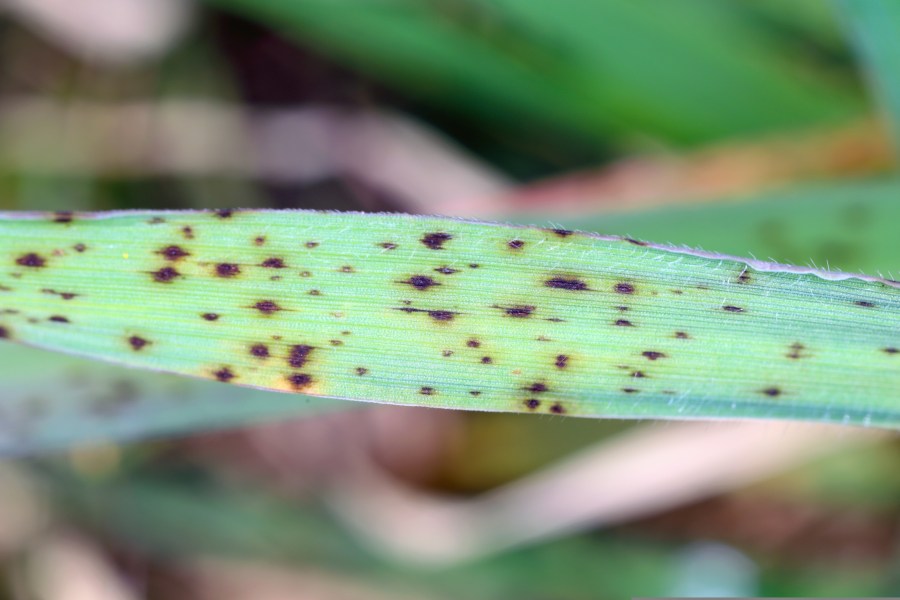A rapid test to identify both net blotch and rhynchosporium in barley before disease is visible will be launched in March.
The SwiftDetect test from Microgenetics has is already available for identifying diseases such as septoria in wheat and the team has now developed new tests to identify net blotch and rhynchosporium in barley.
Net blotch has the potential to cause yield losses of 10-40% if it’s not controlled and rhynchosporium, which is claimed to be the most damaging disease affecting UK barley, can inflict several infection cycles during a single growing season.
“We decided to focus on these pathogens because they’re a particular concern for the British farming industry – we know they cause the biggest crop yield failures and have the biggest financial impact,” says Dr Rebecca Sanders, principal scientist at Microgenetics.
Acting quickly
By identifying the presence of net blotch and rhynchosporium before they’re visible, farmers can act quickly to control either disease before they become a more serious problem.
“These diseases have a long latent period when the disease is present but not yet visible,” says Rebecca. “By the time visible signs do appear it is too late to recover the full yield and aggressive fungicides will need to be used.
“By using SwiftDetect, farmers are given an early warning that treatment is necessary. It allows them to use it as part of their integrated crop management and spray according to what’s actually in the field, rather than a pre-emptive campaign.”
“It saves money. It saves the environment. And it prolongs the life of fungicides because, like antibiotics, the more fungicides we use, the more likely it is that pathogens will develop resistance to them.”
How it works
It terms of how it works, farmers have to collect ten leaves from across a barley field for their sample and then post them to the SwiftDetect laboratory using prepaid envelopes that can be ordered from the Microgenetics website.
The results are sent back quickly by email, usually by the next business day if not sooner.
“A traffic light warning system will tell a farmer whether the sample was low, medium or high risk”, says Dr Charles Grant, research scientist at Microgenetics. “They will also receive a SwiftDetect score, which is determined by the amount of pathogen identified in the sample.
“Farmers will get the information they need to inform what formulation they should use and at what level, or whether they need to target specific fields first where disease levels are higher.”
Charles adds that farmers can also choose to use the tests after spraying to check the effects of the pesticides used. SwiftDetect could also help farmers trialling different varieties by revealing their level of disease resistance.
“We’ve had feedback from farmers who have tailored their fungicide programme according to the results and saved themselves thousands of pounds,” Dr Grant adds. ”Other benefits aren’t as quantifiable but are just as important, for instance the quality of the overall yield.
“At the moment, a lot of farmers will spray at specific times of the year, at specific growth stages or following particular weather patterns. We’re trying to give them an accurate picture of what’s actually going on during the latent phase so they don’t need to guess.”
Rebecca adds that SwiftDetect doesn’t replace the role of agronomist, but in enhances their ability to manage the crop. “More information is always a positive thing and SwiftDetect provides farmers and growers with a bit more power to enable them to make informed decisions.”




